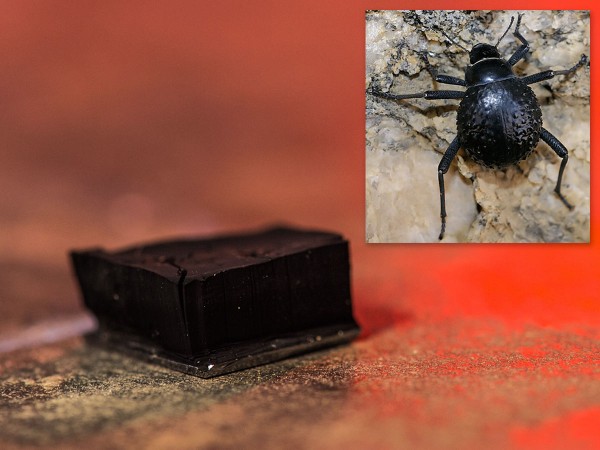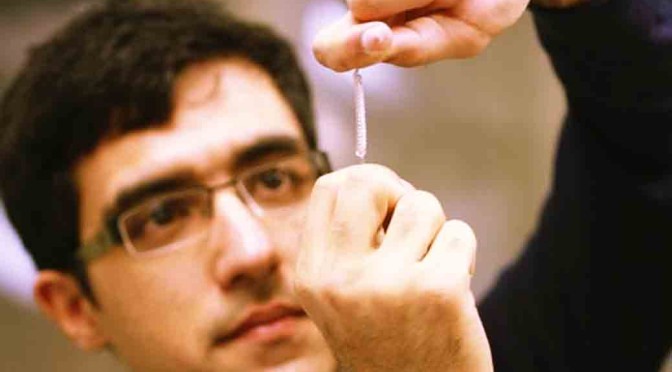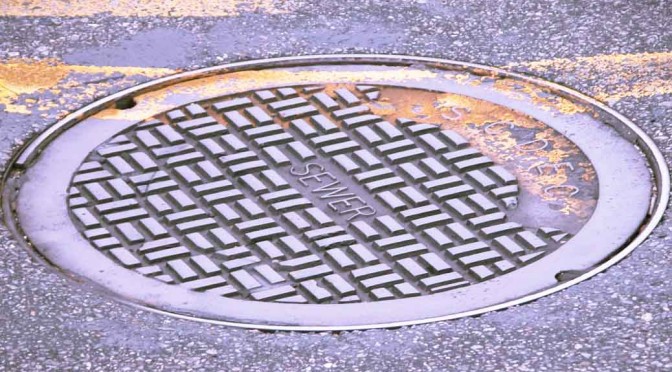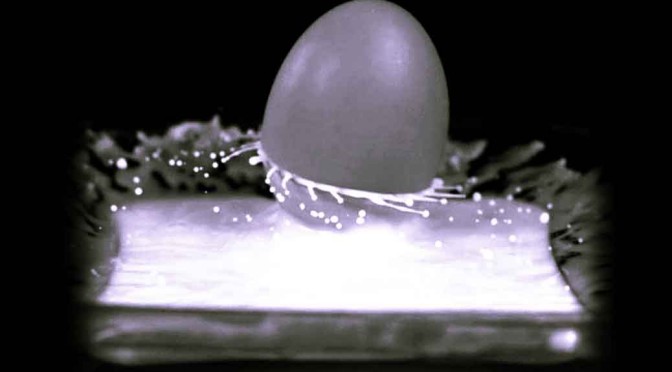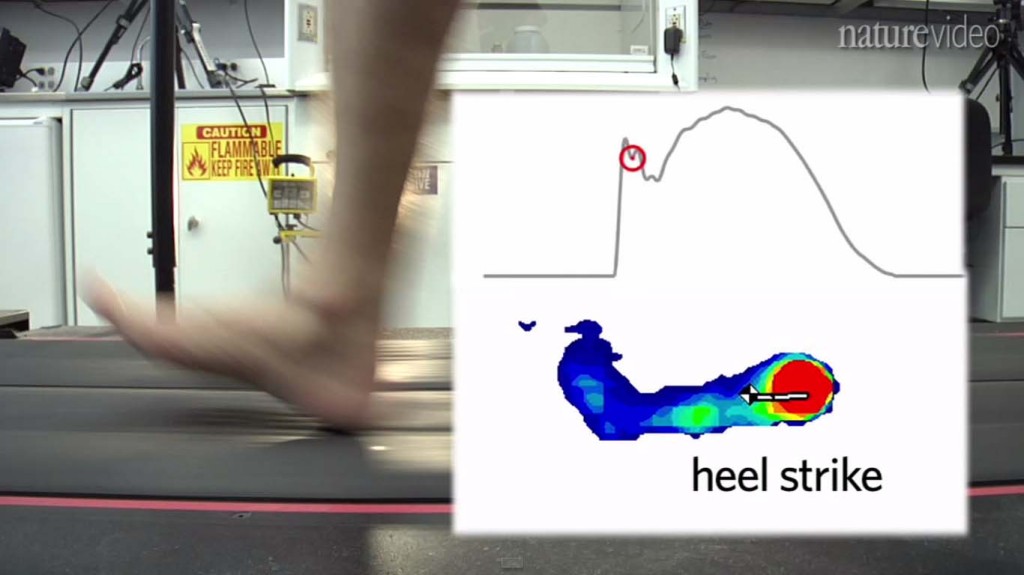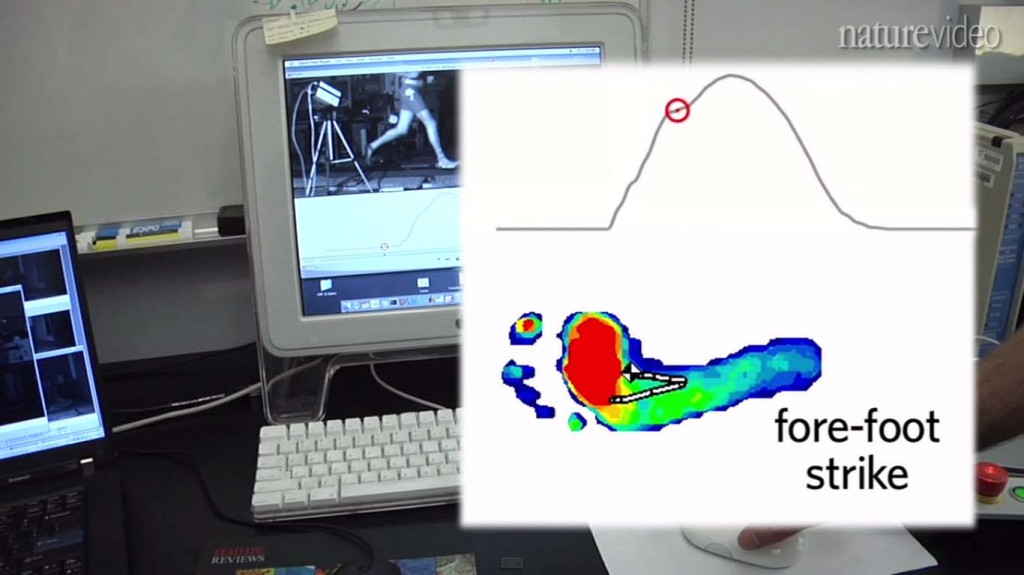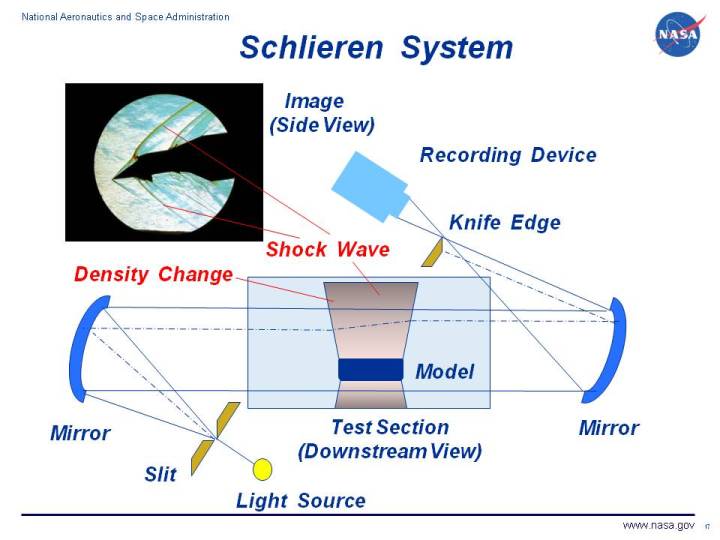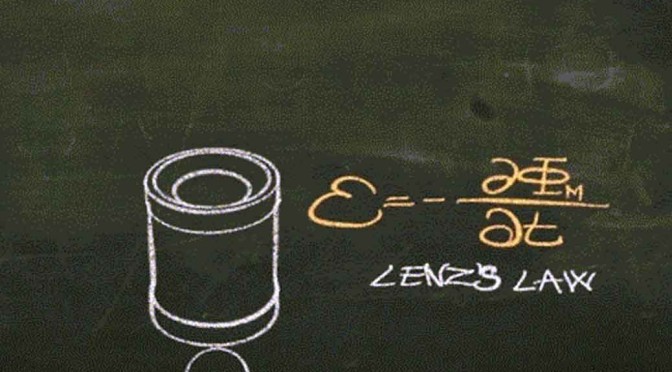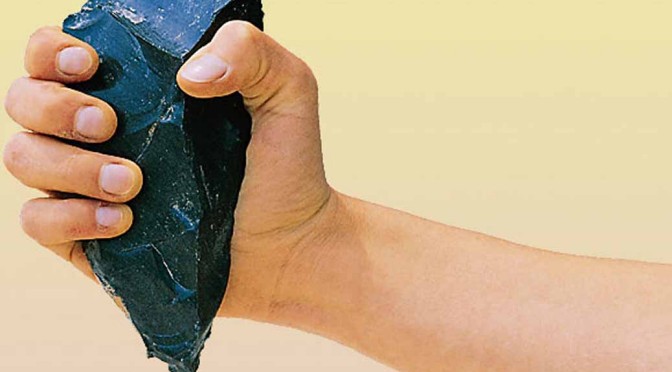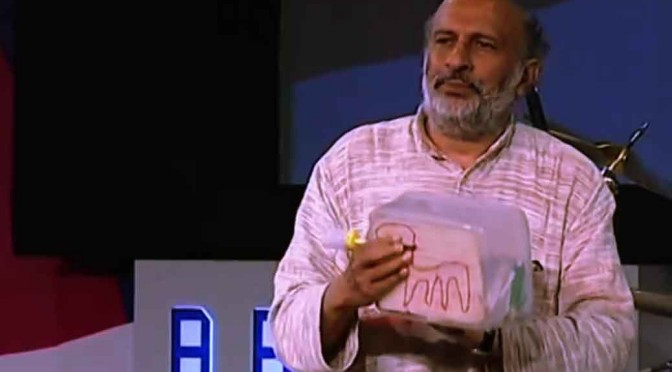By Anupum Pant
Of all the creatures in the whole wide world, you’ll be surprised to know that leeches have played a fairly important role in the history of weather forecasting. An incredibly bizarre device invented by Dr. George merry weather, in the 19th century, called the tempest prognosticator, was basically a barometer powered by leeches.
Dr. George Merryweather, aptly named, was a surgeon by profession who was a lot into leeches. Since barometers were already being used for a long time then, to indicate approaching storms, he knew that air pressure was crucial in determining weather. However, Dr. Merryweather, an ingenious man, hell-bent on doing things the different way, had a different plan in his mind.
In his profession, he came across medicinal leeches all the time. In course of time, with a keen ability to notice details, he noticed that leeches were sensitive to electrical variations in the atmosphere.
He noticed a peculiar behaviour among these creatures. He observed that the leeches often started squirming around in a chaotic manner before a storm arrived.
Putting this practical knowledge to use, and experimenting with a number of designs, Dr. Merryweather devised a contraption. It consisted of 12 pint-sized bottles arranged in a circle. Each of which contained a leech in one-and-half-inch deep rain water. The top of every bottle had a tube into which the leech could crawl and disturb a mechanism, which in turn would activate a hammer to hit a bell – indicating that a storm is coming.
When a storm would come, the leeches were expected to crawl up the bottle, into the little pipe and activate a Heath-Robinson like mechanism which would make a hammer hit the bell. When the leech had completed its job it would fall down into the water and the hammer would go back to its place.
However, a number of times the leeches would give a false alarm. That was the reason he decided to use a jury of 12 leeches. And said,
The more of them that rang the bell, the more likely it was that a storm would be on its way.
If you ever go to Devon, you must take some time out to visit the Barometer World Museum to check out a full-scale working model of this device. Or you could go to the Whitby Museum in North Yorkshire to see the other working model.
